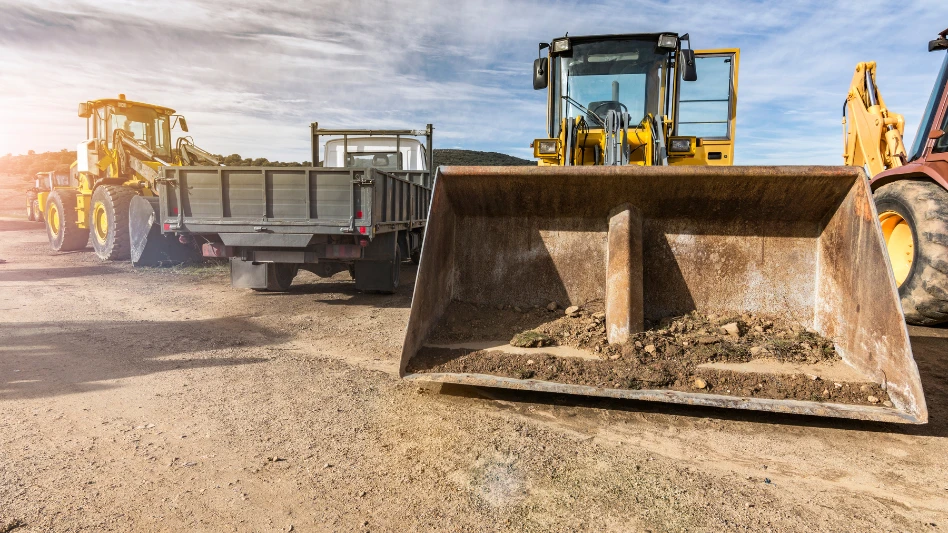.jpg) John OssaOur industry has steadily evolved in making more efficient use of water in the landscape. Improved irrigation hardware, an emphasis on “hydro zones” and the frequent adjustment of irrigation schedules to meet changing plant water requirements are some of the means and methods that contractors are using to improve the service they provide.
John OssaOur industry has steadily evolved in making more efficient use of water in the landscape. Improved irrigation hardware, an emphasis on “hydro zones” and the frequent adjustment of irrigation schedules to meet changing plant water requirements are some of the means and methods that contractors are using to improve the service they provide.
But there is an area of critical importance where we may still be low on the learning curve. As artist/designer/contractor Leonardo da Vinci once said, “We know better the mechanics of celestial bodies than the functioning of the soil below our feet.” Our industry has typically understood soil from a narrow perspective. Our focus has been on fertility – usually limited to N-P-K – and soil structure – identifying the sand, loam and clay soil composition.
After irrigation, we expect the soil to retain water in the root zone for as long as possible, but is that all that is happening? Through run-off and deep percolation, the movement of water transports trace elements of any product that has been applied. Chemicals used in the landscape can migrate into the local watershed, something we need to take responsibility for. The need for improving soil fertility, soil structure and preserving water quality are not mutually exclusive goals.
A healthy and biologically diverse soil is one of the tools in the tool belt of irrigation efficiency. Healthy soil has a diverse population of soil microorganisms that assist plants’ ability to cycle nitrogen, take up other nutrients, resist harmful pathogens and build drought tolerance.
The many benefits of using non-synthetic product to build soil have not been lost on manufacturers. Blaize Holden, operations manager of Sustane Natural Fertilizer in Cannon Falls, Minn., says landscape architects and contractors count the increased water holding capacity of a healthy, biologically diverse soil as a key benefit, and cite the product’s cost savings as a positive.
Gene Barnes, founder of Gallion Irrigation in Houston says high-efficiency irrigation scheduling and building a biologically diverse soil are key components of the success Barnes has had in building his contracting business. His slogan is “Biological Water Conservation.”
“I started by attending some seminars, and gaining a basic understanding of soil biology. It’s not that hard,” Barnes says. “Our goal is to put the microbes and worms back to work! And once you do that, the plants make better use of the water we do apply and the nutrients that already exist in the soil.”
Barnes does an audit of the soil to first establish the baseline conditions of the ground. This allows the company to quantify its progress.
Contractors focus a lot on what they put on and in the ground. But if they take a closer look at the ground itself, they can ultimately use less water and continue to have thriving landscapes.

Explore the December 2009 Issue
Check out more from this issue and find your next story to read.
Latest from Lawn & Landscape
- Analysis of an entrepreneur
- Terra Nova's Sedum Conga Line variety wins Best of 2024 Perennial award
- Different ways to distribute
- Case's 580EV electric backhoe loader wins Good Design Award
- Davey Tree promotes Dan Herms to VP, GM of Davey Institute
- Caterpillar's Cheryl H. Johnson set for April retirement
- Registration open for sixth annual Lawn & Landscape Technology Conference
- 12 interview questions to help you hire winners





